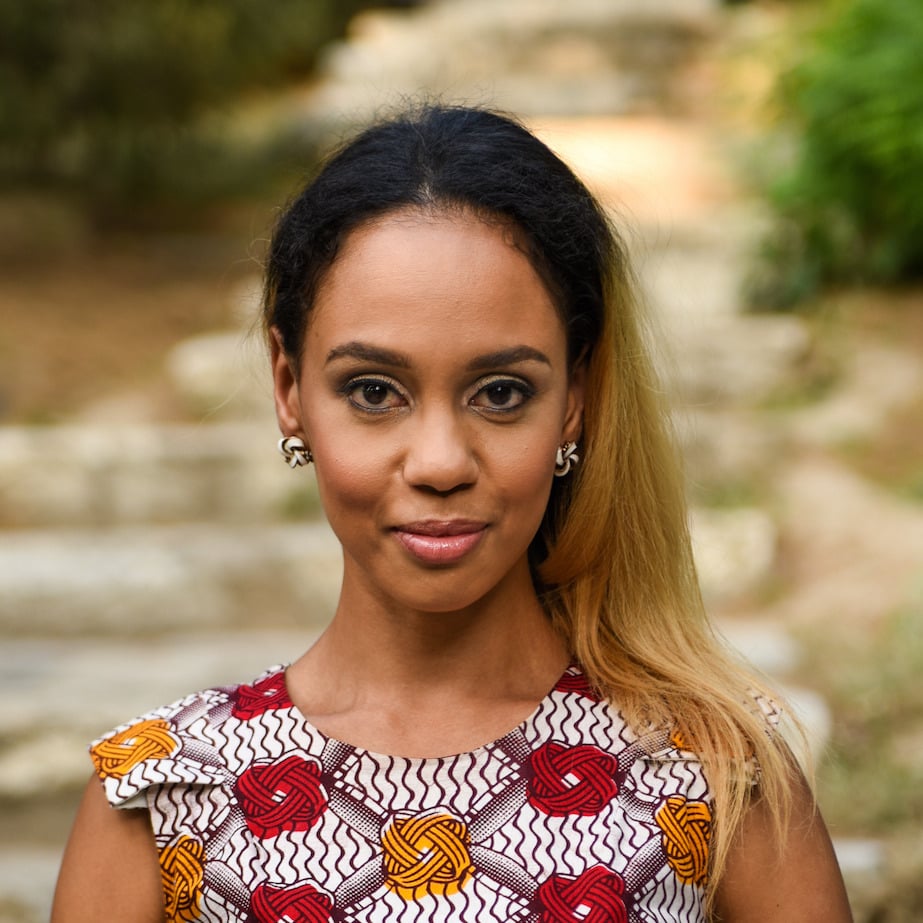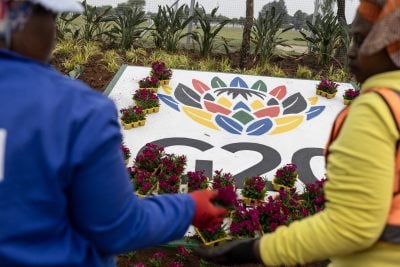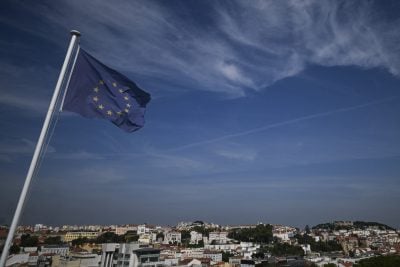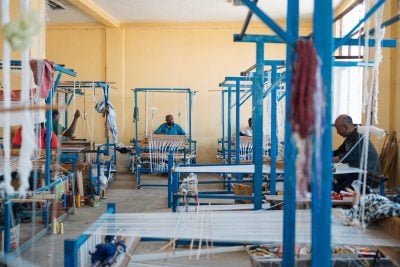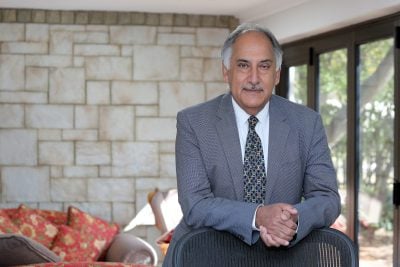Jeff Bezos, founder of Amazon and now space traveller, is famous for his observation that “your brand is what people say about you when you are not in the room”.
Brand management is a big business, but it has important economics behind it. One of the key issues it is trying to solve is a problem economists call “asymmetric information”, and specifically a type of asymmetric information that can lead to the problem of adverse selection, or what the Nobel Prize-winning economist George Akerlof famously termed “the market for lemons”.
Adverse selection describes the problem of a market collapsing because consumers are unable to tell whether a product is high-quality or low-quality. As a result they are not prepared to pay the highest prices for goods. Sellers, who do have an accurate knowledge of the quality of the goods, will therefore only offer their lower quality products.
As a result, prices will tend towards the price of the worst quality goods in the market and the quality of goods available in the market will deteriorate. We see this all the time. Back in 1970, Akerlof used the example of second-hand cars, where only the faulty models, or “lemons”, would be left in the market.
But adverse selection does not only occur in consumer markets, it also occurs for countries, especially for what is often branded “sub-Saharan Africa”.
There is no doubt that the brand “sub-Saharan Africa” has come to be seen as synonymous with poor quality economics – especially when it comes to debt. For instance, in 2019, prior to the Covid-19 crisis, there were 64 countries globally with public debt over a threshold of 60% of GDP. Only a third of these were African.
However, 100% of the 12 countries from the 64-country grouping that were classified by the IMF and World Bank as high-risk or in debt distress were African. Today, these same countries, and more African countries, are still assessed as highly risky, despite having managed the global Covid-19 crisis significantly better than many of the other 64 countries in the over 60% category.
How the debt sustainability criteria misrepresent Africa
But how? How can one-third become 100%? How can good management of the world’s worst health and economic crisis inspire less confidence not more? It starts with the process of debt sustainability assessment (DSA), led by the IMF and World Bank.
The DSA process is deeply flawed. In January 2021 my consultancy, Development Reimagined, published a paper that set out eight specific problems with the process, but here I will point to the two that lead African countries to be perceived as “lemons”, and as a result demonstrate the urgent need for reform.
1. The existence of an assessment provides a negative signal about investment potential
The first problem with the debt sustainability process is that it is applied only to relatively poorer countries – specifically, countries that are eligible to access concessional loans from the World Bank, which in turn is determined by their income. The thesis says that poorer countries that borrow need surveillance. Yet, as the 2008 global financial crisis demonstrated, it is not just poor countries that meet financial challenges or have problematic debt market structures.
However, the result of confining surveillance and labelling to poorer countries – including the vast majority of African countries – is that the very fact of having a debt sustainability assessment suggests a problem. In other words, the DSA itself automatically creates a category of “fake”, “second-hand”, “used” or “lemon” countries, versus the “trusted”, “high-quality” countries.
Even if there are various categories within that assessment – from low-risk to in distress, it’s hardly worth understanding these in depth. By default, a disproportionate number of African countries are assessed publicly as “in or at risk of debt distress” compared to the rest of the world. As per the market for second-hand cars, the existence of an assessment provides a negative signal about investment potential in African countries, leading demand and therefore prices to collapse, and to what others have called the “Africa risk premium”.
2. The assessment ignores the positive side of debt
The second problem with DSA exacerbates the first problem: the IMF’s debt sustainability assessment is incomplete. Imagine the scenario of a vintage market where sellers were told they could only list the problems with their used goods. This is exactly what happens with the DSA. Let me explain.
Country debt can be spent on very different activities. For example, loans can be used for “recurrent expenditure” – such as salaries of civil servants or health or education workers – or one-off investments in infrastructure, such as rail, energy or hospitals.
As most economists recognise, both of these types of spending can have “spillovers” which create new growth that would not have been there otherwise. For example, more education can translate into an increase in human capital and innovation, while a new railway project can cut travel costs and create new markets, which translates into higher productivity.
Yet none of this examination of the potential new “goods” or “assets” created by debt incurred are included in DSA. It is deemed irrelevant by omission – yet the sustainability implications likely diverge hugely. The upshot is that African and other lower income countries are literally unable to sell their positive elements.
The DSA process feeds the notion that debt is always “bad”, rather than an investment in the future, again implying that any lower income country that needs debt is always a “lemon”.
Rebranding Africa
Yet, as we project into the future, a great deal of public investment (and often debt) will be needed in infrastructure and human capital to meet Africa’s development goals. Covid-19 has only made these needs more urgent, especially for digital infrastructure.
Climate change also increases the need for resilient and green infrastructure, which can often be more expensive than brown investment. Yet, as it stands, the DSA can mark down countries that might be making investments now to meet these needs. It is clearly not sustainable.
George Akerlof shared his asymmetric information theory 50 years ago. Today, as part of the Covid-19 recovery, it remains highly relevant. We need to use it to solve development problems and change the IMF’s debt sustainability framework for good – including by widening surveillance to all countries and assessing assets as well as risks. Without these changes, the only brand African economies will be associated with – in and outside the room – is poor quality.
Hannah Ryder is the CEO of Development Reimagined, a pioneering African-led international development consultancy based in China.
Want to continue reading? Subscribe today.
You've read all your free articles for this month! Subscribe now to enjoy full access to our content.
Digital Monthly
£8.00 / month
Receive full unlimited access to our articles, opinions, podcasts and more.
Digital Yearly
£70.00 / year
Our best value offer - save £26 and gain access to all of our digital content for an entire year!
 Sign in with Google
Sign in with Google 